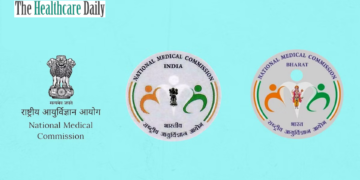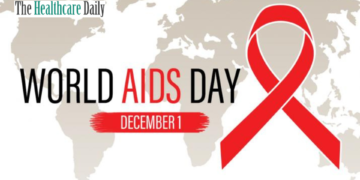Telemedicine has exploded during the COVID-19 pandemic, with the United States on track to log more than 1 billion virtual doctor visits by the end of 2020, experts say.
But how important will telemedicine remains to U.S. health care after the pandemic becomes just a bad memory?
These sort of technology-based visits are expected to assume a permanent place moving forward, said Dr. Ateev Mehrotra, an associate professor of health care policy at Harvard Medical School, during a HealthDay Live! interview.
“The genie’s out of the bottle. We can’t go back,” Mehrotra said, noting that debate now centers around how much to pay for different types of telemedicine visits.
Mehrotra said the growth of telemedicine this year was “really remarkable,” particularly given that the practice of providing care via computer or telephone has been around for decades without much growth.
“In the course of the pandemic, the growth was just staggering,” Mehrotra said. “Changes we would have expected over a decade happened within a week or two.
“All of a sudden, it became something that went from being the future to being the reality of how a lot of Americans were getting care,” he added.
Telemedicine was new to Dr. Rujuta Saksena, a cancer doctor at Overlook Medical Center in Summit, N.J. She’d never before tried to work with patients over a video feed.
“I think what the COVID-19 pandemic did is essentially shoehorn us into this approach, both patients and health care providers alike,” Saksena said during the same HealthDay Live! interview.























